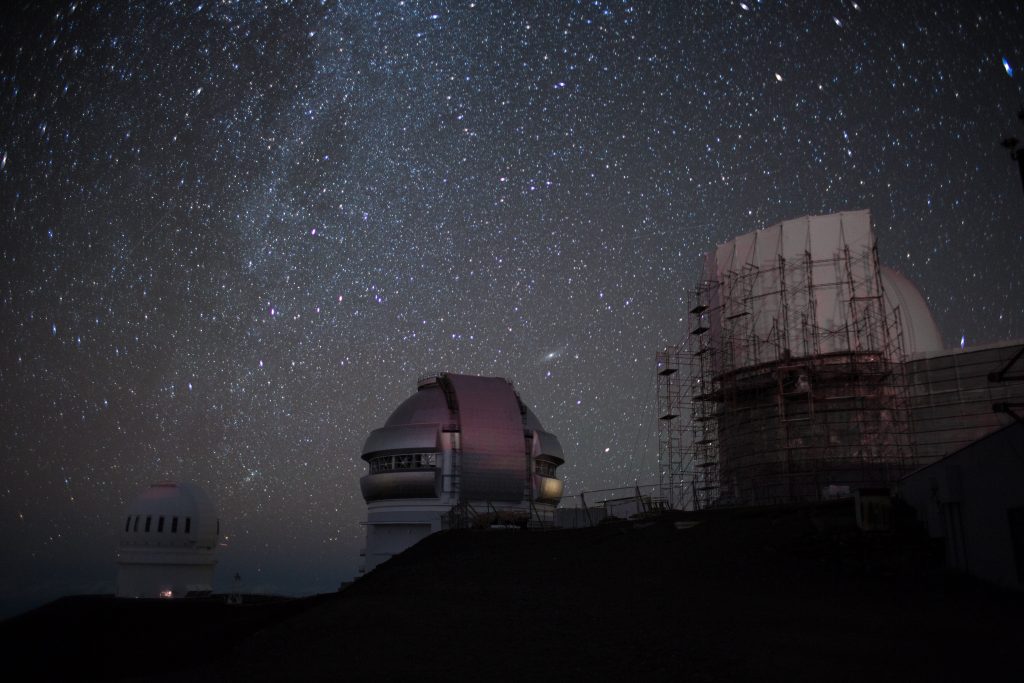Astrophysics, the branch of astronomy that seeks to understand the universe’s underlying physical principles, is a field characterized by its complex phenomena and intricate measurements. One of the crucial tools astrophysicists utilize in their quest for knowledge is the concept of waveforms.
These waveforms, emanating from distant celestial bodies, carry invaluable information about the universe’s composition, behavior, and history. In this post, we’ll embark on a journey through the cosmos to uncover the significance of waveforms in astrophysics.

The Nature of Waveforms in Astrophysics
Waveforms in astrophysics encompass a broad range of signals, from electromagnetic waves to gravitational waves. Let’s explore some of these fascinating phenomena:
Electromagnetic Waves
The most familiar form of waveforms in astrophysics is electromagnetic radiation. This includes visible light, radio waves, microwaves, infrared radiation, ultraviolet light, X-rays, and gamma rays. Each type of electromagnetic radiation reveals unique information about celestial bodies. For instance, studying a star’s spectrum helps determine its composition and temperature, while X-rays and gamma rays provide insights into high-energy processes like supernovae and black holes.
Gravitational Waves
In 2015, a groundbreaking discovery was made: the detection of gravitational waves – ripples in spacetime caused by cataclysmic events such as colliding black holes or neutron stars. Gravitational waveforms provide a completely different way of observing the universe. By measuring these waves, scientists can glean information about the masses, distances, and orbits of the objects involved in the cosmic collisions.
Applications and Insights
Studying Stellar Evolution
Observing the light spectra of stars allows astrophysicists to deduce their stage of evolution, chemical composition, and physical properties. This, in turn, contributes to our understanding of stellar lifecycles, from birth to death.
Mapping the Universe
Astrophysicists use electromagnetic waveforms to create detailed maps of the universe’s large-scale structure. By analyzing the Cosmic Microwave Background (CMB) radiation, they gain insights into the universe’s early moments and its expansion over time.
Probing Exoplanets
Light reflected off or emitted by exoplanets helps scientists identify potential signs of habitability or even life. Analyzing exoplanet waveforms informs us about their atmospheres, composition, and potential biosignatures.
Unveiling Black Holes and Neutron Stars
Gravitational waveforms have revolutionized our understanding of these enigmatic cosmic objects. The merging of black holes and neutron stars generates gravitational waves that provide direct evidence of their existence and properties.

Technology and Collaborative Efforts
Both electromagnetic and gravitational wave detections rely on advanced technology and international collaborations. Telescopes, observatories, and detectors are designed to capture and analyze waveforms with incredible precision. Collaborations like the Laser Interferometer Gravitational-Wave Observatory (LIGO) and the European Space Agency’s Gaia mission are prime examples of how astrophysicists work together to push the boundaries of knowledge.
Waveforms in astrophysics are not mere signals; they are the messengers of cosmic stories that stretch across billions of years and light-years. These signals, be they electromagnetic or gravitational, reveal the universe’s secrets, from the tiniest subatomic particles to the grandest cosmic structures. As technology advances and our understanding deepens, the study of waveforms continues to shape our perception of the cosmos, expanding our horizons and inviting us to explore the mysteries that lie beyond.